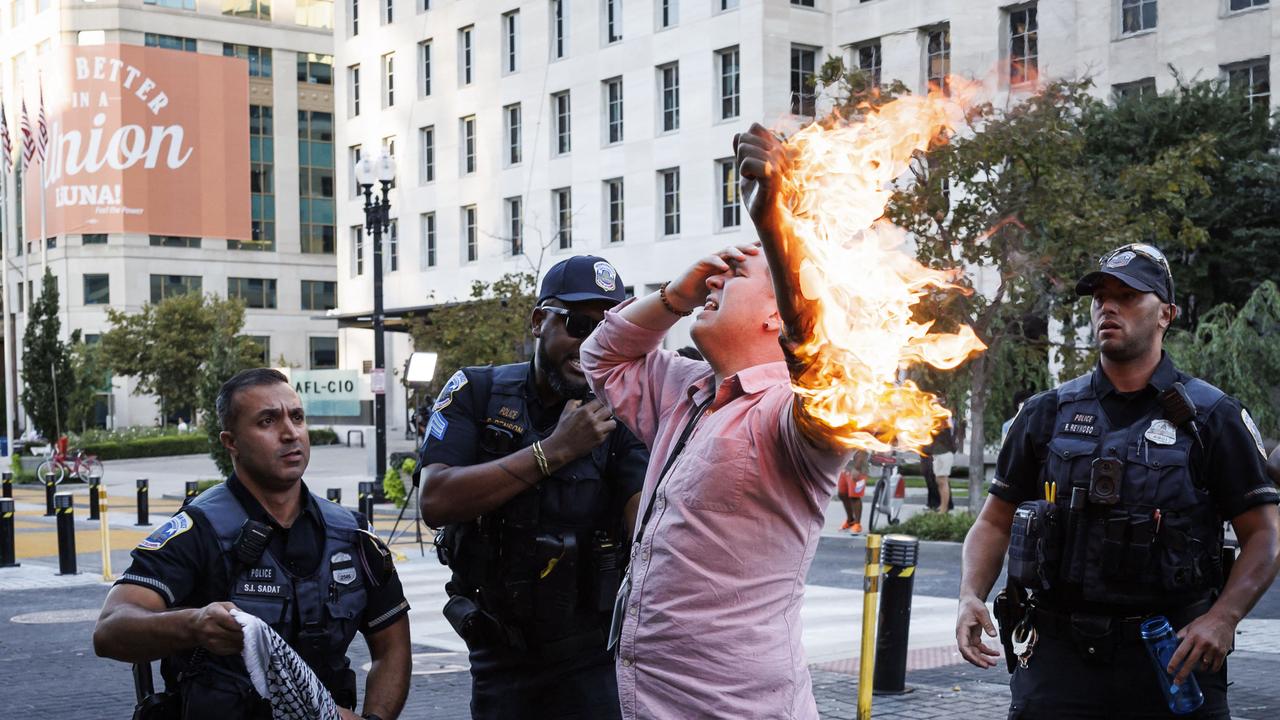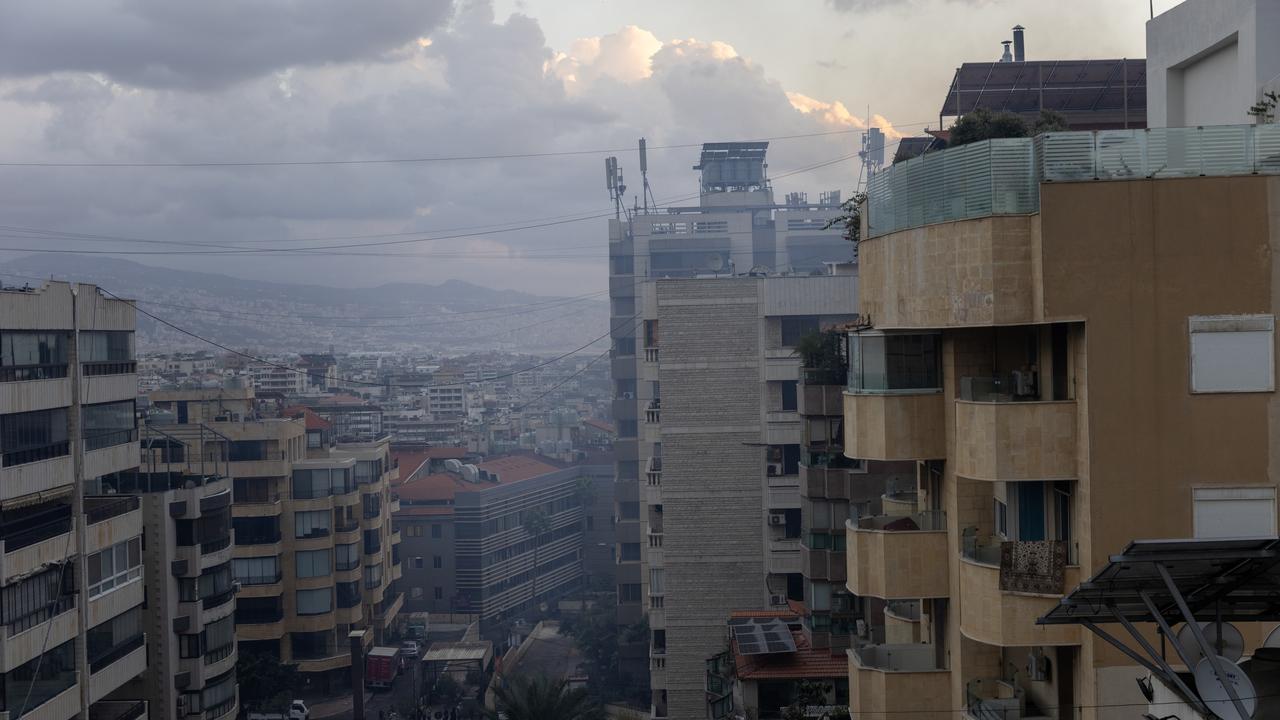Gaza school tragedy echoes around world
IN Gaza, there’s nowhere to run, nowhere to hide.
IN Gaza, there’s nowhere to run, nowhere to hide.
The Gaza Strip is one of the most densely populated places in the world — an average of 5000 people per square kilometre — which surely makes it the world’s largest human shield.
About 800 people crammed into the UN school in Beit Hanoun thinking it was safer than their homes, even though the UN Relief and Works Agency, which runs the school, has twice in the past two weeks discovered missiles hidden in its facilities.
Now 15 people there are dead and scores injured — and images of dead children and the screaming of those who survived have echoed around the world, leading to urgent calls for an end to this horrible war.
As usual in Gaza, it’s the children and civilians who suffer most. The children at the UN school fled there from other parts of the tiny Gaza Strip, parts of which are now rubble.
Schools, hospitals and mosques have always been regarded in the Arab and Muslim worlds as safe havens during war. No longer. Israel says Hamas is using these facilities to fire rockets at civilians in Israel, and will respond in kind.
Laila al-Shinbari was one of the women who had fled to the school. When shelling of the school began, families gathered in the courtyard expecting to be evacuated in a Red Cross convoy. But that’s the problem with Gaza — evacuated to where? The north of Gaza is being shelled by tanks in Israel, the south is being bombed by Israeli jets, the centre is being hit by Israeli drones and the west is being shelled by Israeli ships in the Mediterranean.
“All of us sat in one place when suddenly four shells landed on our heads,” Laila al-Shinbari told Reuters. “Bodies were on the ground, (there was) blood and screams.
“My son is dead, and all my relatives are wounded, including my other kids.”
A Reuters photographer at the school said pools of blood lay on the ground and on students’ desks in the courtyard near the apparent impact of one shell.
He reported scores of crying families running from the school to a hospital a few hundred metres away where the victims were being treated.
Israel says Hamas is using these facilities as “human shields” from which to fire rockets into Israel while Hamas says Israel is ruthlessly targeting civilians.
There will be no shortage of inquiries looking into the claims at the end of this war but in the meantime 1.8 million people are trying to avoid Israel’s offensive from air, sea and land.
In some parts, Gaza is only 6km wide: its entire area is about equal to the Bendigo Council area in Victoria.
More than 100,000 Palestinians in Gaza are now sheltering in UN facilities, but the UNRWA has been outraged by its discovery of the hidden missiles at the school, arguing that this endangers those trying to seek refuge.
Reacting to the shelling of the school, UNRWA spokesman Chris Gunness said the UN had been trying to “arrange a window for evacuation for the civilians with the Israeli army that never came”.
“The consequences were deeply tragic,” he said.
Israeli media reported Israel Defence Forces sources saying it was “probably stray fire” either by the IDF or Hamas that hit the school.
The IDF said civilians had not evacuated the area despite repeated warnings from international officials to do so. While the shelling of the UN school intensified international pressure for a resolution to the conflict, in Israel the mood to continue the offensive remained strong.
Israeli media reported the majority of the security cabinet favoured a continuation of the campaign.
Following the shelling of the UN school, riots broke out around the West Bank.
At Kalandia, the main checkpoint between Jerusalem and Ramallah, one Palestinian was killed and scores were injured in clashes between protesters and Israeli security forces.
Pictures from the shelled school added to emotions, with Palestinians urged to observe “a day of rage”. Before the shelling of the school, the UN had raised the possibility of an inquiry into Israel’s offensive in Gaza.
The UN High Commissioner for Human Rights, Navi Pillay, said: “There seems to be a strong possibility that international humanitarian law has been violated in a manner that could amount to war crimes.”
The US Secretary of State, John Kerry, was in Cairo this weekend trying to arrange a ceasefire.
Hamas chief Khaled Meshal says a ceasefire is not possible unless Israel lifts its seven-year blockade of Gaza.
Israel maintains that it needs to enforce the blockade for security reasons.


